Consider I have two users to use my website system
(User and Admin), on each of their pages (User page and Admin page) they have some actions (tasks) available to run out in concurrent manner (A1 and A2 available for User) and (A1,A2,A3 and A4 available for Admin).
As it seems, both have some common actions (tasks) are available on each of their own web pages.
How can such case be represented in an activity diagram? I wonder whether the reappearance of A1 and A2 in the following diagram is valid..
- 129
- 5
-
You better name the UCs left as U1 .. U4! – qwerty_so Dec 05 '22 at 12:40
-
1Note that the join node implies that the process only continues after the user has completed all tasks (after user has completed A1 and A2 or admin has completed A1, A2, A3 and A4). If this is not intended, then remove the joins and let the arrows all go to the merge node. – www.admiraalit.nl Dec 06 '22 at 13:21
1 Answers
No, this is not valid. Actions in a Activity are supposed to be unique and not to reappear at different locations. Only if these actions are activity invocations (having a fork icon bottom right) and as such different instances you can have them at multiple places.
Else you can model this diffently by just blocking A3 and A4 from being used by a user.
You can have A3/A4 with another fork in parallel. I left that out for brevity.
Previous answer
Use cases only show added value an actor gets from the system under consideration. No functionality! So that's where you stop.
If you model a UC with activities you then create a scenario where you eventually split according to the actor.
Your AD above is bad since it uses the same name for UC and Action. This is misleading! Step back and model just one UC. Re-using actions is usually not a good idea since it indicates a wrong cut. But that very much depends.
- 35,448
- 8
- 62
- 86
-
Thank you. I was going to correct that. it was merely an illustration of my question. I still want to know, generally, how to represent the user tasks and the admin tasks (tasks available to be performed in his own web page) when there are some tasks in common. I mean, considering A1 completely carries out U1 and A2 completely carries out U2. – Galaluddin Owais Galal Dec 05 '22 at 13:15
-
Well, I guess that. But it's misleading. Would you fix the question? So I could elaborate on my answer as well... – qwerty_so Dec 05 '22 at 13:25
-
